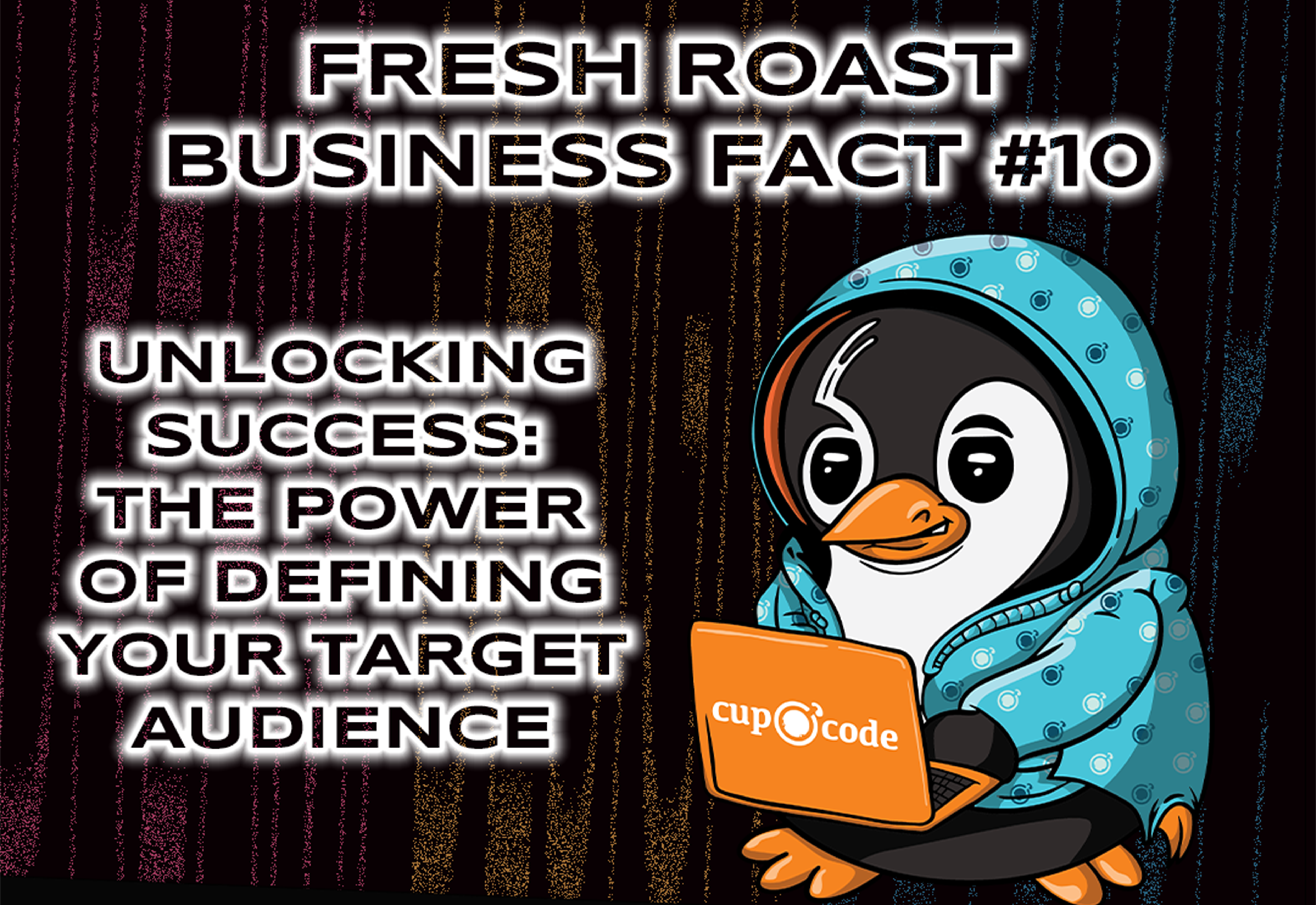Summary
Define your target audience: Before you start marketing your business, it's important to identify your target audience. Understand their demographics, preferences, and pain points, so you can tailor your marketing messages to their needs.
The Significance of Identifying Your Target Audience
Before embarking on any marketing initiatives, it’s crucial to define your target audience. Understanding who your ideal customers are is the foundation for effective marketing strategies that resonate with and attract the right audience.
Conducting Market Research
To define your target audience, conduct thorough market research. Explore demographics, psychographics, and buying behaviors of potential customers. Dive into their preferences, pain points, aspirations, and challenges. This research will provide invaluable insights for crafting targeted marketing messages.
Segmenting Your Audience
Segmentation is key to reaching your target audience effectively. Categorize your audience into distinct groups based on relevant characteristics such as age, gender, location, interests, or industry. This enables you to tailor your marketing efforts and deliver personalized messages that speak directly to each segment.
Developing Buyer Personas
Creating buyer personas helps you visualize and humanize your target audience. Develop detailed profiles that represent your ideal customers, including their background, goals, motivations, and challenges. This exercise brings clarity and focus to your marketing strategies, ensuring they resonate with the intended audience.
Crafting Tailored Marketing Messages
Once you have a clear understanding of your target audience, tailor your marketing messages to address their specific needs, pain points, and aspirations. Speak their language, highlight the benefits that resonate with them, and address their concerns directly. This personalized approach enhances the effectiveness of your marketing efforts.
Choosing the Right Channels
Knowing your target audience helps you select the most appropriate marketing channels to reach and engage them effectively. Understand their media consumption habits and preferences to allocate resources wisely. Whether it’s social media, email marketing, content marketing, or offline channels, align your efforts with where your target audience is most active.
Iterating and Refining Your Strategy
Defining your target audience is not a one-time exercise. Continuously monitor market trends, customer feedback, and evolving preferences to adapt your strategies accordingly. Regularly review and refine your audience definition to ensure it aligns with the changing landscape and your business objectives.
Tracking and Analyzing Data
Utilize analytics tools to track and analyze data related to your target audience. Monitor website analytics, social media insights, and campaign performance metrics to gain insights into audience engagement, behavior, and preferences. Use this data to refine your strategies and make data-driven marketing decisions.
Evolving with Your Audience
Remember that your target audience may evolve over time. Stay attuned to changing trends, shifts in demographics, and emerging needs. Continuously adapt and refine your strategies to ensure your business remains relevant and aligned with your evolving target audience.
In conclusion, defining your target audience is a critical step in marketing your business effectively. By understanding their demographics, preferences, and pain points, you can tailor your marketing messages and strategies to resonate with your ideal customers. Continuously monitor and adapt to the changing needs of your target audience to drive long-term success.









